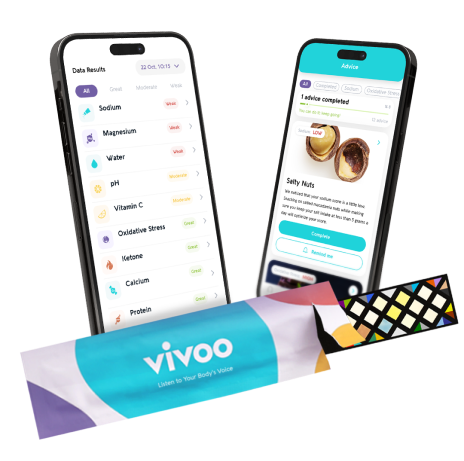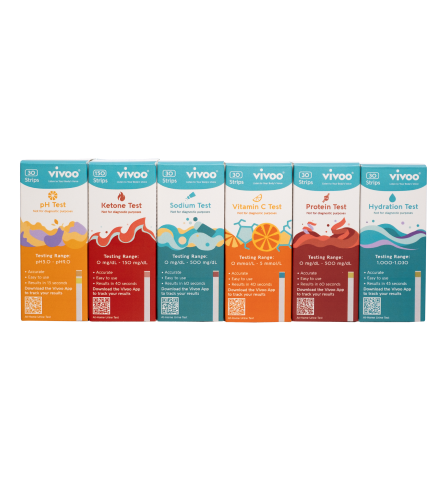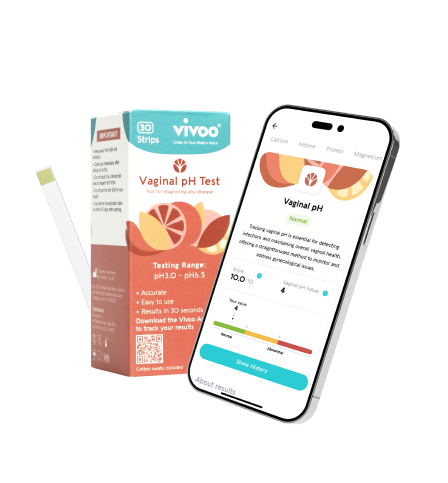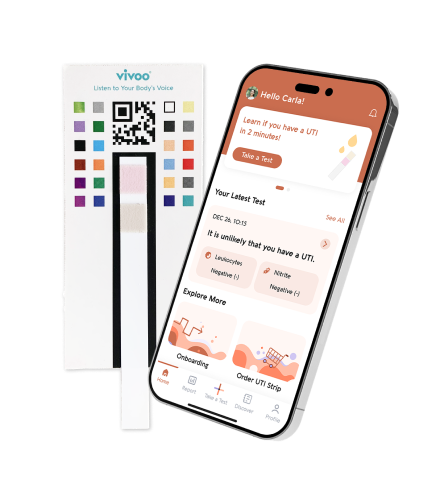Your blood pressure tells you how hard your heart is working to pump blood through your arteries. It is a key marker of your body.
Checking your blood pressure at home using an automatic blood pressure machine or manually is one method to keep track of it. This blog will show you how to monitor your blood pressure and provide advice to achieve accurate results.
What is Blood Pressure?
Blood pressure is a measure of the force exerted by blood against the walls of arteries as it flows through them.
Blood pressure is measured with two numbers:
- The top number (systolic) measures pressure when your heart pumps blood.
- The bottom number (diastolic) measures pressure when your heart rests between beats.
Normal blood pressure is around 120/80 mmHg. High blood pressure means the force is consistently too high, which can be risky for your health. Low blood pressure means it's lower than normal and might cause dizziness.
Keeping an eye on your blood pressure helps maintain your wellness. If it's regularly too high or low, the healthcare professional may suggest changes in lifestyle or prescribe medication to keep it in a healthy range.

How is Blood Pressure Measured?
Blood pressure is measured using a device called a sphygmomanometer, commonly known as a blood pressure cuff.
Here are the steps:
- Getting Ready: You sit relaxed with your arm supported at heart level.
- Cuff Placement: The cuff is wrapped snugly around your arm.
- Inflation: Air is pumped into the cuff to briefly stop blood flow in your arm.
- Reading: The air is slowly released from the cuff while listening to your pulse with a stethoscope or using an automatic machine. The numbers at which the pulse is heard and disappears are noted.
- Recording: Two numbers are recorded, like 120/80 mmHg. The top one is the pressure when the heart beats (systolic), and the bottom one is when it rests (diastolic).
Digital machines also do this automatically and show the numbers on a screen. It's good to check your blood pressure regularly, as it can vary during the day.
What is High Blood Pressure?
High blood pressure, also known as hypertension, refers to elevated pressure within the blood vessels, causing the heart to work harder to circulate blood. It can pose risks to long-term health if left unaddressed, impacting various bodily systems.
What is Low Blood Pressure?
Low blood pressure, also known as hypotension, occurs when the force of blood flowing through the arteries is lower than usual. This can lead to symptoms like dizziness, fainting, or feeling lightheaded. It's essential to monitor and manage this condition as it can impact daily activities and overall well-being.
What can Blood Pressure Measurements Tell You?
Normal blood pressure typically falls around 120/80 millimeters of mercury (mmHg). The top number (systolic pressure) represents the pressure in the arteries when the heart beats, while the bottom number (diastolic pressure) represents the pressure when the heart rests between beats. However, what's considered "normal" can vary slightly among individuals and may be influenced by factors like age, health conditions, and lifestyle.
Elevated results in either measurement could suggest that your heart is exerting more effort to pump blood through your arteries. This could be triggered by external factors like stress or fear. On the other hand, higher blood pressure readings could also stem from internal factors about the blood vessels.
Before monitoring your blood pressure at home, consult your healthcare provider to understand their recommended methods for monitoring and recording.
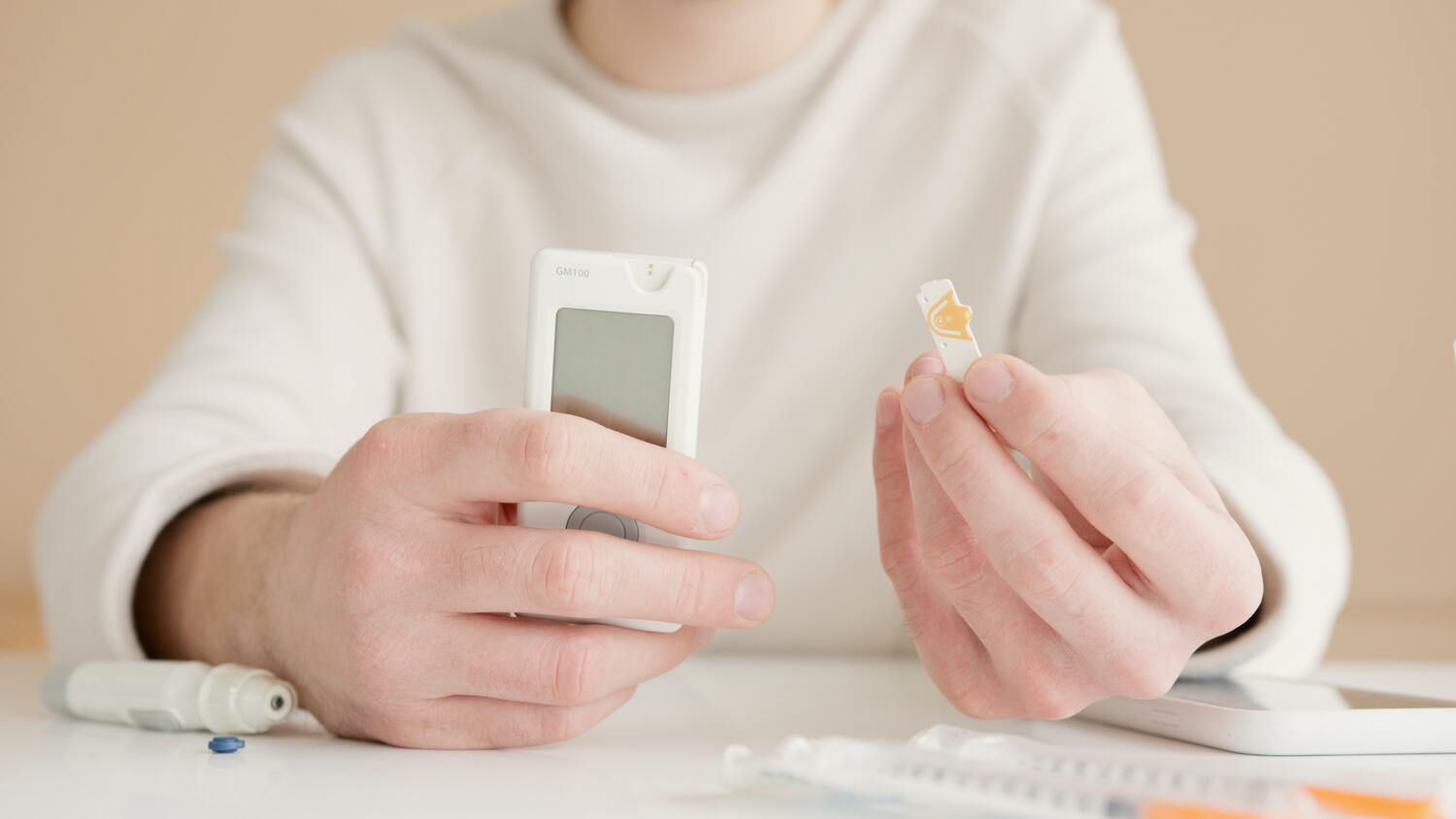
How to Use an Automatic Blood Pressure Machine
Buying an automatic cuff is the easiest method to check your own blood pressure. Automatic blood pressure devices are simple to operate and useful if you have hearing loss.
These blood pressure cuffs are equipped with a digital monitor that displays your blood pressure measurement on a screen. These are available online, pharmacies, and health food stores.
For at-home use, the American Heart Association (AHA) recommends an automatic upper arm blood pressure monitor. Follow the directions that came with your digital blood pressure monitor while using it. You may also bring the monitor to your doctor's office or local drugstore for a demonstration.
You should also keep a blood pressure journal in a notebook. This may be beneficial to your doctor. A human blood pressure reading may vary from that of automated blood pressure equipment.
Bring your cuff to your next doctor's visit so you may compare your cuff reading to the reading obtained at the doctor's office. This might assist you in calibrating your equipment and determining the blood pressure values to look for on your particular device.
How to Use a Blood Pressure Cuff
Keep the following guidelines in mind to acquire the best accurate blood pressure reading:
Check that the blood pressure cuff is the correct size for you. Cuffs are available in a variety of sizes, including pediatric sizes for those with extremely small arms. When the cuff is deflated, you should be able to easily pass one finger between your arm and the cuff.
To ensure accurate blood pressure measurement, it is important to avoid activities that can temporarily raise your blood pressure, such as smoking, drinking caffeinated beverages, or exercising for at least 30 minutes prior to taking the measurement.
To properly fit the cuff around your arm, wear loose-fitting clothing, such as a short-sleeved shirt or something with sleeves that can be easily pushed up.
To ensure a reliable reading, rest for at least five minutes before taking your blood pressure measurement. Find a quiet place to sit, preferably at a desk or table, with your back supported and your arm resting on a firm surface. Keep your feet flat on the floor and remain in this position throughout the reading(1).
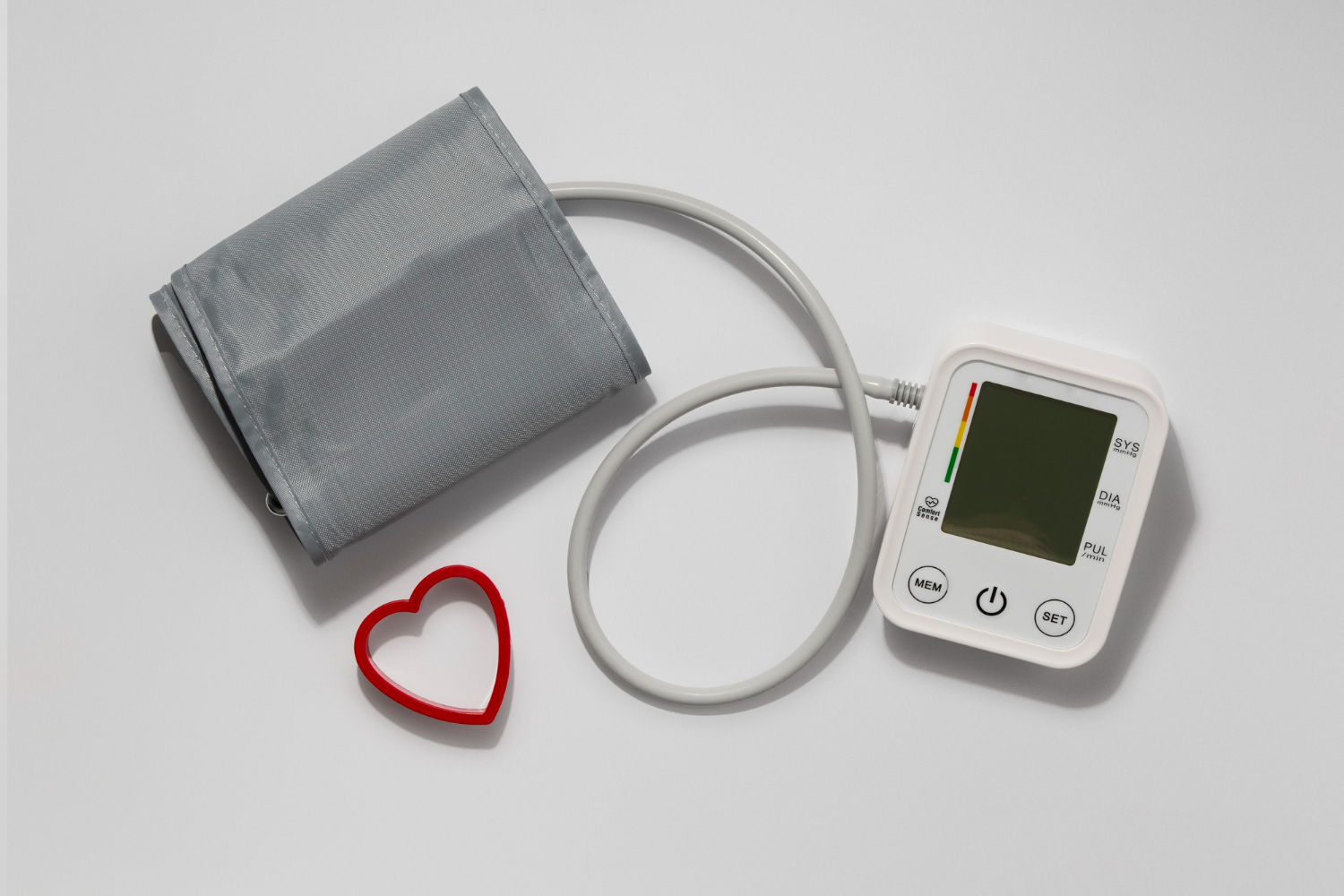
Ensure that your arm is supported and at the same level as your heart. Relax your arm and hand, keeping them loose and not tense. Finally, it is important to remain relaxed and comfortable during the measurement to avoid any temporary increase in blood pressure due to anxiety or discomfort.
You may use two methods to take your blood pressure at home. The most straightforward method is to utilize an automatic blood pressure cuff, which can be purchased online or at drugstores.
You may also take manual blood pressure readings. To test your blood pressure using this method, you'll need a blood pressure cuff with a squeezable balloon, an aneroid monitor, and a stethoscope. If you're not sure how to correctly test your blood pressure, your healthcare provider may teach you how.
It's also critical to communicate your blood pressure measurements with your doctor, particularly if they're outside the usual range. This will assist your doctor in identifying any problems and determining the best course of therapy for you.
What are Blood Pressure Ranges?
Blood pressure ranges can vary based on age, health conditions, and individual factors. Blood pressure is measured in millimeters of mercury (mmHg) and is typically recorded as two numbers, systolic and diastolic pressure. Here are general blood pressure ranges across different age groups:
Children and Teens:
Healthy blood pressure levels for adolescents aged 13 and older typically fall below 120/80 mmHg for both systolic and diastolic measurements. In younger children, normal blood pressure would be below the 90th percentile based on their sex, age, and height.
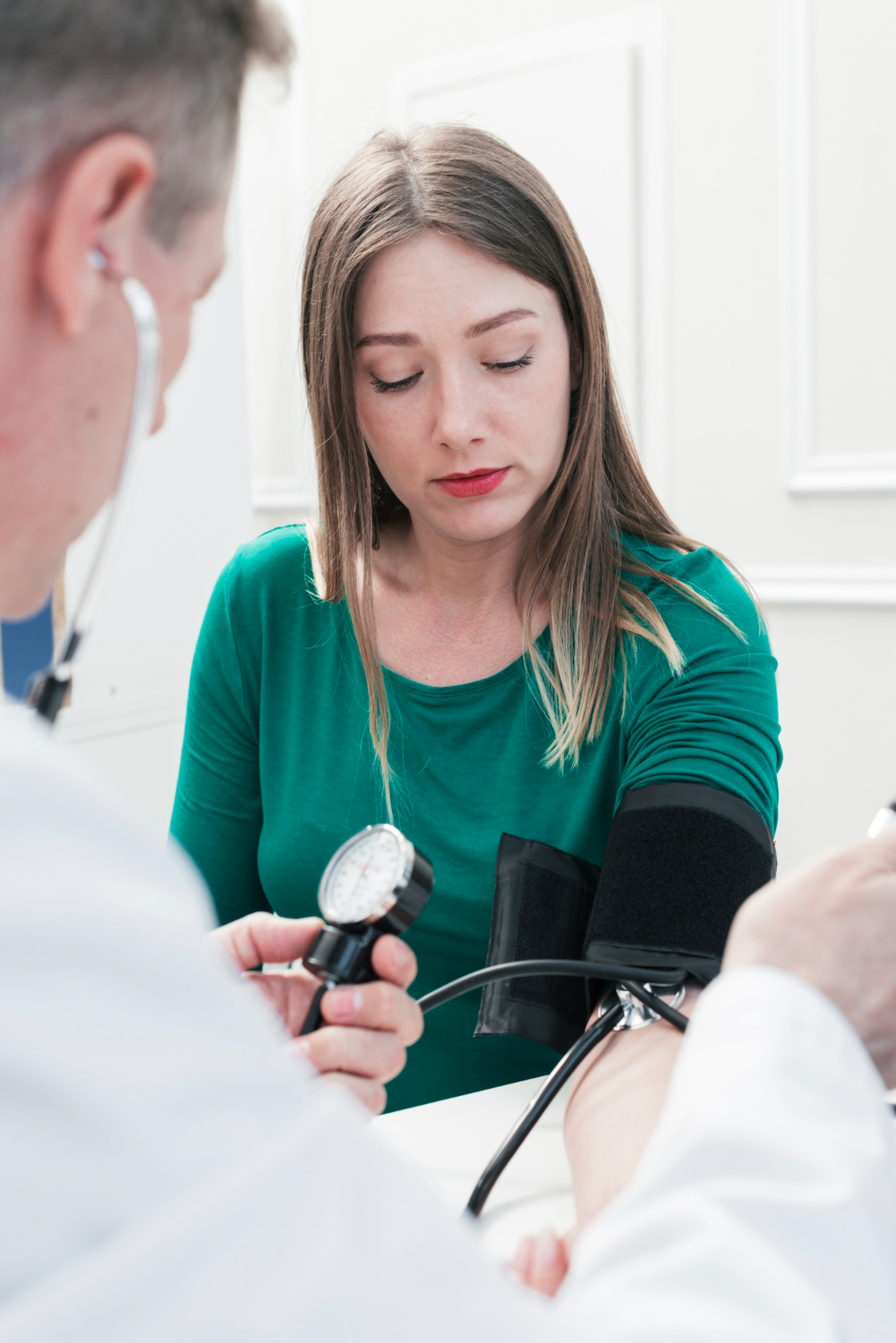
Adults (18 years and older)(2):
- Normal: Below 120/80 mmHg
- Elevated: Between 120-129 (top number) and below 80 (bottom number) mmHg
- High (Stage 1): Between 130-139 (top number) or between 80-89 (bottom number) mmHg
- High (Stage 2): 140 or higher (top number) or 90 or higher (bottom number) mmHg
- Emergency (Hypertensive Crisis): Above 180 (top number) and/or above 120 (bottom number) mmHg. Immediate medical attention needed.
Older Adults (65 years and older):
- Generally similar to adults, but sometimes slightly different due to factors like increased arterial stiffness.
Remember, these are just general guidelines. Your healthcare provider may set different goals for you based on your health and other factors. Consistently high blood pressure might lead to health problems, so it's essential to monitor and manage it with healthy lifestyle choices and medical advice if needed.
What Time of the Day is Blood Pressure the Highest?
For most people, blood pressure tends to be highest during the daytime, usually in the late morning or early afternoon, around midday (between 10 a.m. and 3 p.m.). At night while sleeping, blood pressure tends to be lower. But this can vary depending on a person's habits and health conditions.
What is Stroke Level Blood Pressure?
Stroke level blood pressure refers to extremely high blood pressure that can potentially lead to a stroke if not managed. When blood pressure readings reach or exceed 180/120 mmHg, it is considered to be at the "stroke level."
Emergency intervention is often necessary to lower blood pressure and mitigate the risks associated with such high readings.
Frequently Asked Questions
Does coffee raise blood pressure?
Coffee contains caffeine, which can temporarily raise blood pressure by making your heart beat faster and causing your body to release certain hormones. However, not everyone is affected the same way. Some people might notice a small increase in blood pressure after drinking coffee, while others might not feel any change.
Factors like how much coffee you drink, how sensitive you are to caffeine, and your overall health can influence how coffee affects your blood pressure. If you're concerned about how coffee might be impacting your blood pressure, it's a good idea to talk to a healthcare provider. They can give you personalized advice based on your health situation.
Does walking lower blood pressure (3)?
Walking regularly can help lower blood pressure. When you walk, your heart gets stronger, and your blood vessels widen, which improves blood flow. This can lead to better cardiovascular health and lower blood pressure over time. Aim for about 30 minutes of brisk walking most days of the week to see the benefits. But, it's always a good idea to check with a doctor before starting any new exercise routine.

What is the best exercise for blood pressure?
Exercise, in general, can be highly beneficial in helping to manage and reduce high blood pressure (hypertension). Some exercises that are particularly effective for managing blood pressure include:
- Brisk Walking: Aim for a brisk walk for at least 30 minutes most days of the week.
- Cycling: Regular cycling sessions can be great for your cardiovascular wellness.
- Swimming: Swim regularly to get a full-body workout that's gentle on joints.
- Strength Training: Incorporate weight lifting or resistance exercises a few times a week.
- Yoga or Tai Chi: Practice these mind-body exercises to reduce stress and potentially lower blood pressure.
Remember to consult a healthcare professional before starting any new exercise routine, especially if you have high blood pressure or other health concerns. Aim for consistency in your workouts to reap the benefits for your blood pressure and overall health.
Do bananas lower blood pressure (4)?
Bananas contain potassium, which can help lower blood pressure. They're good for your heart health because potassium helps balance the effects of sodium, which can raise blood pressure. However, eating bananas alone won't completely fix high blood pressure. Having a balanced diet with various healthy foods, staying active, and managing stress are also important for keeping blood pressure in check.
References;
1.https://www.bloodpressureuk.org/your-blood-pressure/how-to-lower-your-blood-pressure/monitoring-your-blood-pressure-at-home/how-to-measure-your-blood-pressure-at-home/
2. https://www.heart.org/en/health-topics/high-blood-pressure/understanding-blood-pressure-readings
3. https://www.ncbi.nlm.nih.gov/pmc/articles/PMC6119598/
4.https://www.cdc.gov/salt/potassium.htm#:~:text=Increasing%20potassium%20intake%20can%20help,can%20raise%20your%20blood%20pressure
